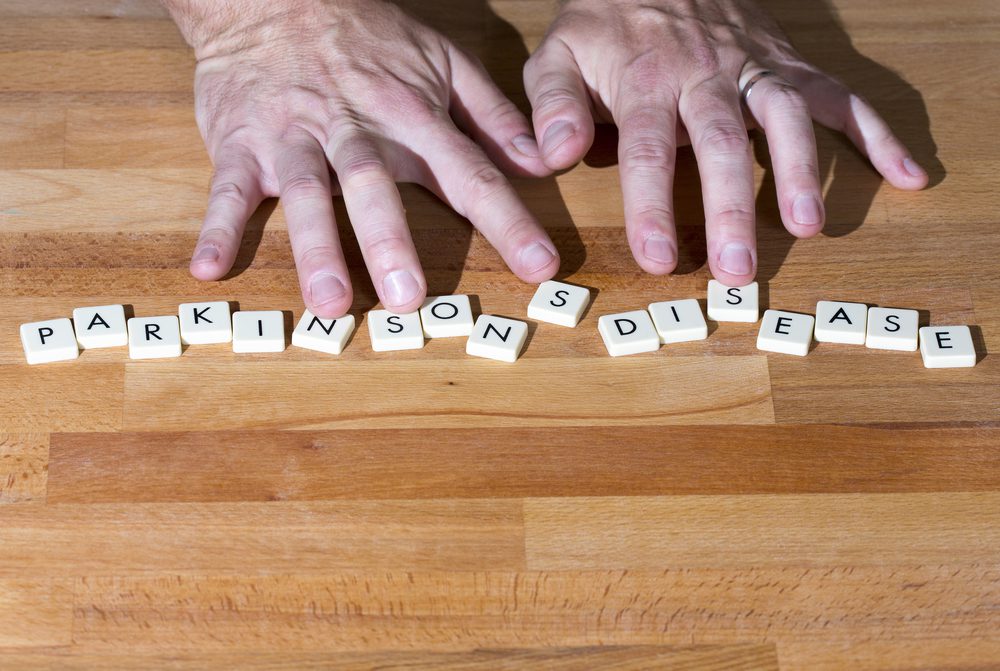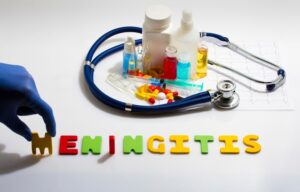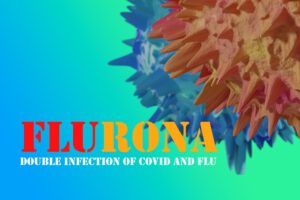
8. Parkinson’s disease
Parkinson’s disease is an age-related neurodegenerative disorder that affects an area of the brain that’s called the substantia nigra.
Symptoms develop gradually over the years. In most cases, problems with movement are the first symptoms. Other Parkinson’s disease symptoms include limb stiffness, small handwriting or other writing changes, problems with walking or balance, slow movement (bradykinesia), voice changes, and tremors.
Treatment for Parkinson’s disease involves a combination of medications, therapies, and lifestyle changes. Physical therapy and medications can help reduce the muscle loss caused by the disorder.
9. ALS
Also known as Lou Gehrig’s disease, amyotrophic lateral sclerosis (ALS) is a progressive neurological disease that damages nerve cells. It often starts with muscle twitching and sudden leg weakness.
Other early symptoms include trouble swallowing, slurred speech, difficulty walking or performing daily tasks, and difficulty holding up your head. There’s currently no cure for ALS, but there are treatments that can help control complications and symptoms and improve quality of life.







3 replies on “10 Causes of Sudden Leg Weakness—No. 8 Is Very Common”
It just happened to me in the last I would say one month or one and a half month I just fell down first when I fell down I banged my head on the floor because I lose conscience for the 007 seconds and second time it just happened this morning when I went to washroom and going back to the bedroom my legs they just give up but nothing else this time I fell down between my bad this time I had a little problem to get up on my bed somehow I grab myself for one side of the bed and I manage to get up so I would like to know what really happening and I start to worry a little bit especially when I’m walking and going outside would you please let me know
My husband suddenly can’t walk. He is on hospice is that the problem
When i was a sophomore in high school my legs would collapse on me. There was three floors and6 flights of stairs. I could get up the first set but after hitting the landing i could maybe do 6 steps before i was toast. I had yo sit down until feeling came back in my legs to support my weight. l was unbearably thin. The doctor told us that it was from my muscles atrophy during the summer. We were always walking and riding bikes so I was very confused. No blood work was done just a examination. There was never pain irritation tingling just refused to go any further.’